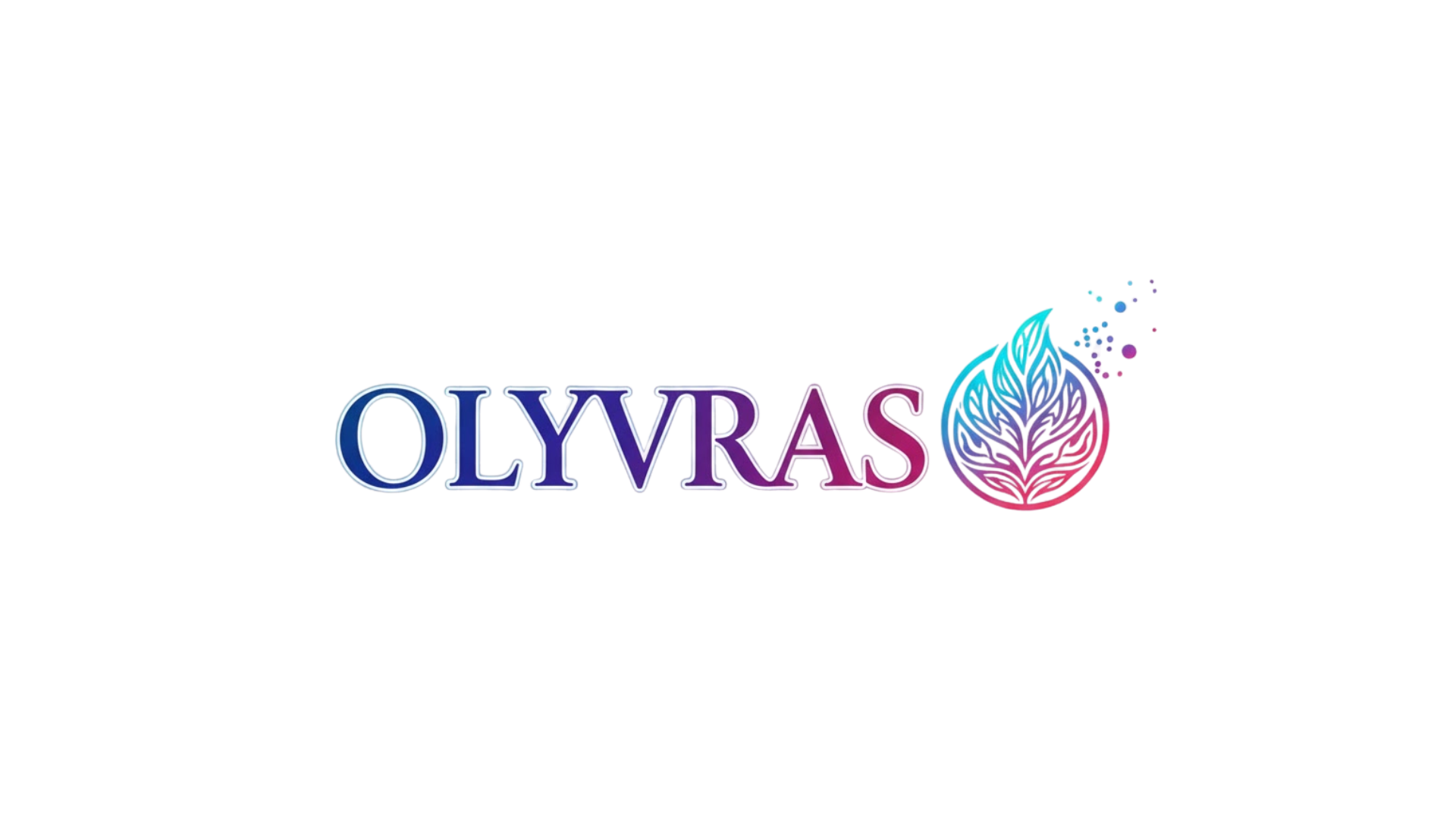Young people around the world are no longer waiting for permission to create change. They’re leading movements that challenge systems, demand justice, and reshape our collective future.
🌍 A New Era of Youth Activism Takes Center Stage
The 21st century has witnessed an unprecedented surge in youth-led social movements that are fundamentally transforming how we approach global challenges. From climate action to racial justice, from gender equality to educational reform, young activists are proving that age is no barrier to creating meaningful societal change. These movements represent more than teenage rebellion—they embody a sophisticated understanding of systemic issues and demonstrate remarkable organizational capabilities.
What makes today’s youth movements distinct from previous generations is their ability to leverage technology, build transnational coalitions, and maintain sustained pressure on institutions that have historically resisted change. Young leaders like Greta Thunberg, Malala Yousafzai, Emma González, and countless others whose names may not be internationally recognized are demonstrating that passion combined with strategic thinking can move mountains.
The Digital Revolution as a Catalyst for Youth Empowerment
Social media platforms have fundamentally democratized activism, allowing young people to organize, communicate, and mobilize without traditional gatekeepers. A teenager with a smartphone can now reach millions of people, share information instantaneously, and coordinate protests across continents. This technological empowerment has leveled the playing field in ways that previous generations could never have imagined.
Platforms like Twitter, Instagram, and TikTok have become virtual town squares where young activists share educational content, organize protests, document injustices, and hold powerful institutions accountable. Hashtag movements such as #FridaysForFuture, #BlackLivesMatter, #MeToo, and #NeverAgain have transcended digital spaces to create real-world impact, influencing policy decisions and shifting public discourse on critical issues.
The speed at which information travels has enabled youth movements to respond rapidly to emerging crises and coordinate global days of action with remarkable efficiency. When students in one country organize a climate strike, their peers worldwide can join within hours, creating a powerful show of solidarity that captures international media attention and political awareness.
Building Digital Communities That Drive Real-World Change
Beyond simple information sharing, young activists have mastered the art of building engaged online communities that translate into concrete action. They create educational content that makes complex issues accessible, develop viral campaigns that spread awareness exponentially, and use data analytics to target their messaging effectively. This sophisticated approach to digital organizing represents a new model of activism that combines grassroots passion with strategic communications.
Young people understand that sustainable movements require more than viral moments—they need organizational infrastructure, clear messaging, diverse leadership, and long-term strategic planning. Many youth-led movements now incorporate nonprofit structures, fundraising capabilities, policy advocacy teams, and media relations strategies that rival those of established organizations.
Climate Action: Young Voices Demanding Environmental Justice ♻️
Perhaps no issue has galvanized youth activism more powerfully than climate change. Young people recognize that the consequences of environmental degradation will disproportionately affect their generation and those that follow. This existential threat has sparked a global youth climate movement that has fundamentally shifted public discourse and political priorities around environmental policy.
The Fridays for Future movement, initiated by Greta Thunberg’s solitary school strike in 2018, has grown into a worldwide phenomenon involving millions of young people across hundreds of countries. Students regularly skip school to demand that governments take meaningful action on climate change, arguing that there is no point in studying for a future that may not exist if climate collapse continues unchecked.
Youth climate activists have successfully pushed climate change to the forefront of political agendas, influenced elections, forced corporations to reconsider their environmental practices, and inspired legal challenges against governments failing to meet their climate commitments. Their moral clarity and refusal to accept incremental change has challenged older generations to reconsider their complacency.
Indigenous Youth Leading Environmental Protection
Indigenous young people have emerged as particularly powerful voices in environmental movements, connecting traditional ecological knowledge with contemporary activism. They highlight how climate change and environmental destruction disproportionately affect indigenous communities while also demonstrating that indigenous-led conservation has proven most effective at protecting biodiversity and ecosystems.
From the Amazon to the Arctic, young indigenous activists are defending their ancestral lands against extractive industries, demanding recognition of indigenous rights, and asserting their role as environmental stewards. Their activism challenges colonial paradigms and offers alternative visions of sustainable human relationships with the natural world.
Social Justice Movements Amplifying Marginalized Voices
Youth activism extends far beyond environmental issues to encompass comprehensive visions of social justice. Young people are at the forefront of movements addressing racial inequality, LGBTQ+ rights, gender justice, disability rights, and economic fairness. They recognize the intersectional nature of oppression and build movements that address multiple forms of systemic discrimination simultaneously.
The Black Lives Matter movement, which gained global prominence in 2020, saw young people leading protests in thousands of cities worldwide, demanding police accountability and systemic reforms to address racial injustice. Young activists organized not only protests but also educational initiatives, mutual aid networks, and policy advocacy campaigns that have resulted in concrete reforms in numerous jurisdictions.
Similarly, young LGBTQ+ activists have been instrumental in advancing marriage equality, anti-discrimination protections, and broader cultural acceptance of diverse gender identities and sexual orientations. They’ve used personal storytelling, legal advocacy, and cultural production to shift public opinion and secure legislative victories.
Gun Violence Prevention: Students Refusing to Be Silent
In the United States, student survivors of school shootings have created a powerful movement demanding gun control legislation. Following the 2018 Parkland shooting, students organized the March for Our Lives, which became one of the largest youth-led protests in American history. These young activists have registered voters, lobbied legislators, and fundamentally changed the political conversation around gun violence.
Their activism demonstrates how personal trauma can be transformed into collective action and how young people directly affected by policy failures can become the most compelling advocates for change. They’ve refused to accept thoughts and prayers as substitutes for legislative action, holding politicians accountable and demonstrating remarkable resilience in the face of opposition.
Education Reform: Students Demanding Better Learning Systems 📚
Young activists are also challenging educational systems that fail to serve their needs. From campaigning for decolonized curricula to demanding mental health resources, from fighting student debt to advocating for inclusive teaching practices, students are asserting their right to shape the educational institutions that profoundly affect their lives.
The global student movement has called attention to inequalities in educational access, particularly how poverty, geography, gender, and conflict limit learning opportunities. Youth activists have demanded universal access to quality education, challenged discriminatory practices that exclude marginalized students, and pushed for curricula that reflect diverse histories and perspectives.
During the COVID-19 pandemic, young people highlighted digital divides that left many students without access to remote learning, advocated for student safety, and challenged policies that prioritized economic reopening over public health. Their activism revealed systemic inequalities and demanded that educational institutions prioritize student wellbeing alongside academic achievement.
Challenges Facing Youth-Led Movements Today
Despite their successes, youth-led movements face significant obstacles. Young activists often encounter dismissive attitudes from adults who question their experience, knowledge, or motivations. Critics accuse them of being naive, manipulated, or attention-seeking, rather than recognizing their genuine expertise and legitimate concerns.
Burnout represents another serious challenge, as passionate young activists often sacrifice their mental health, academic performance, and personal relationships to sustain their advocacy work. The emotional toll of confronting systemic injustices while navigating typical adolescent challenges can be overwhelming without adequate support systems.
Financial constraints limit many youth movements, as young people typically lack access to significant funding sources. While social media reduces some organizational costs, sustained activism requires resources for travel, legal support, communications infrastructure, and full-time organizing—expenses that many youth-led groups struggle to cover.
Online Harassment and Security Concerns
Young activists, particularly women and people of color, frequently experience severe online harassment, including death threats, doxing, and coordinated intimidation campaigns. These attacks aim to silence dissent and discourage others from joining movements. The psychological impact of such harassment cannot be underestimated, especially for adolescents still developing their sense of self.
Security concerns extend beyond digital spaces, as young protesters face police violence, legal prosecution, and in some countries, imprisonment or worse for their activism. Authoritarian governments increasingly target youth activists, recognizing the threat they pose to entrenched power structures.
🤝 Intergenerational Collaboration: Building Stronger Movements
The most effective movements recognize that youth leadership doesn’t require excluding older generations but rather reimagining how intergenerational collaboration functions. When experienced activists provide resources, mentorship, and institutional knowledge while respecting young people’s leadership and vision, movements become more sustainable and impactful.
Adult allies can amplify youth voices, provide legal and financial support, offer strategic guidance drawn from historical movements, and use their professional positions to advocate for youth-led initiatives. This support should empower rather than co-opt, recognizing that young people are experts on their own experiences and fully capable of leading change efforts.
Many successful youth movements have developed advisory structures that include experienced activists, lawyers, communications professionals, and subject matter experts who support young leaders without attempting to control movement direction. This model respects youth autonomy while providing practical resources that strengthen organizing capacity.
The Future of Youth Activism: Sustaining Momentum for Lasting Change
As today’s young activists mature, they’re building institutional capacity that will sustain their movements long-term. Many are pursuing careers in law, politics, journalism, education, and nonprofit leadership specifically to continue their advocacy work within established systems. Others are creating new organizational structures designed to nurture the next generation of youth activists.
The rise of youth-led movements represents a fundamental shift in how social change occurs. Rather than waiting for permission or following traditional pathways to influence, young people are claiming their right to shape the world they will inherit. Their activism challenges power structures, demands accountability, and offers hopeful visions of more just and sustainable futures.
Educational institutions are beginning to recognize the value of student activism, incorporating social justice education, supporting student organizing, and creating pathways for civic engagement. This institutional support can help normalize youth activism and provide young people with skills, knowledge, and resources to become more effective advocates.
Technology’s Evolving Role in Youth Organizing
As technology continues to evolve, so too will youth activism. Emerging platforms offer new organizing possibilities while also presenting challenges around surveillance, misinformation, and corporate control. Young activists must navigate these complex digital landscapes, developing media literacy skills and understanding how algorithms shape public discourse.
Artificial intelligence, virtual reality, and other emerging technologies may offer innovative tools for education, organizing, and advocacy. Youth movements will likely continue leading in adopting and adapting new technologies to serve their organizing goals, while also critiquing how technology can reinforce existing inequalities or create new forms of oppression.
Lessons from Youth-Led Movements for All Changemakers 💡
The success of youth-led movements offers valuable lessons for all social change efforts. Their emphasis on authenticity, moral clarity, and refusing to accept unjust compromises challenges the incrementalism that often characterizes established advocacy organizations. Their fluency with digital tools demonstrates how technology can democratize organizing and rapidly scale movements.
Youth activists remind us that expertise comes in many forms—that lived experience is valid knowledge, that passion and moral conviction matter, and that outsiders to established systems can often see solutions that insiders miss. Their intersectional approaches to justice recognize that issues are interconnected and that movements must address multiple forms of oppression simultaneously.
Perhaps most importantly, young activists embody hope. In a world facing climate crisis, democratic backsliding, increasing inequality, and ongoing violence, youth-led movements demonstrate that another world is possible and that ordinary people—including young people—have the power to create extraordinary change.
Supporting Youth Activism: What Everyone Can Do
Supporting youth-led movements doesn’t require being young yourself. Adults can donate to youth-led organizations, amplify young voices on social media, challenge dismissive attitudes toward youth activism in their communities, and create opportunities for young people to develop leadership skills.
Educational institutions can support student organizing by providing meeting spaces, reducing penalties for protest participation, incorporating student activism into curricula, and creating mentorship programs connecting students with experienced organizers. Parents can encourage their children’s civic engagement, discuss social issues at home, and model active citizenship.
Policymakers and institutional leaders should create formal mechanisms for youth participation in decision-making processes, ensuring that young people have meaningful input on policies affecting their lives. This includes youth advisory councils, reduced voting ages, and youth representation on boards and committees.

Rising Together: The Promise of Youth-Led Change 🌟
Youth-led social movements represent one of the most hopeful developments in contemporary society. Young people are refusing to accept the world as it is, instead imagining and fighting for the world as it should be. Their activism combines moral urgency with strategic sophistication, technological fluency with grassroots organizing, and personal passion with collective action.
These movements prove that young people are not the leaders of tomorrow—they are leaders today, addressing the most pressing challenges facing humanity with courage, creativity, and commitment. By supporting, amplifying, and learning from youth-led movements, we can build more just, sustainable, and equitable societies that honor the dignity and potential of all people.
The rise of youth activism signals a broader transformation in how we understand leadership, expertise, and social change. As these young leaders continue organizing, advocating, and building movements, they’re not just changing specific policies—they’re transforming our collective consciousness and expanding our sense of what’s possible. The future they’re creating is one we should all work toward together, recognizing that empowering youth benefits everyone and that their success is our shared success.
Toni Santos is a global-policy researcher and ethical-innovation writer exploring how business, society and governance interconnect in the age of interdependence. Through his studies on corporate responsibility, fair trade economics and social impact strategies, Toni examines how equitable systems emerge from design, policy and shared vision. Passionate about systemic change, impact-driven leadership and transformative policy, Toni focuses on how global cooperation and meaningful economy can shift the scenario of globalization toward fairness and purpose. His work highlights the intersection of economics, ethics and innovation — guiding readers toward building structures that serve people and planet. Blending policy design, social strategy and ethical economy, Toni writes about the architecture of global systems — helping readers understand how responsibility, trade and impact intertwine in the world they inhabit. His work is a tribute to: The global commitment to equity, justice and shared prosperity The architecture of policy, business and social impact in a connected world The vision of globalization as cooperative, human-centred and regenerative Whether you are a strategist, policymaker or global thinker, Toni Santos invites you to explore ethical globalization — one policy, one model, one impact at a time.




